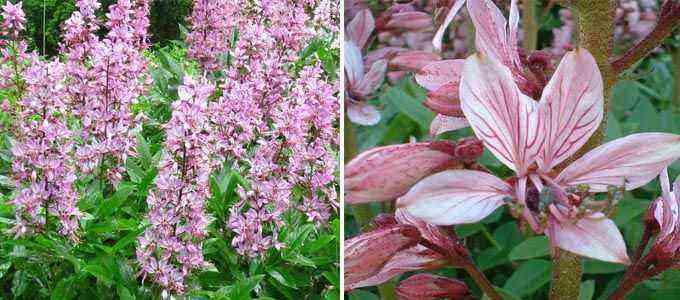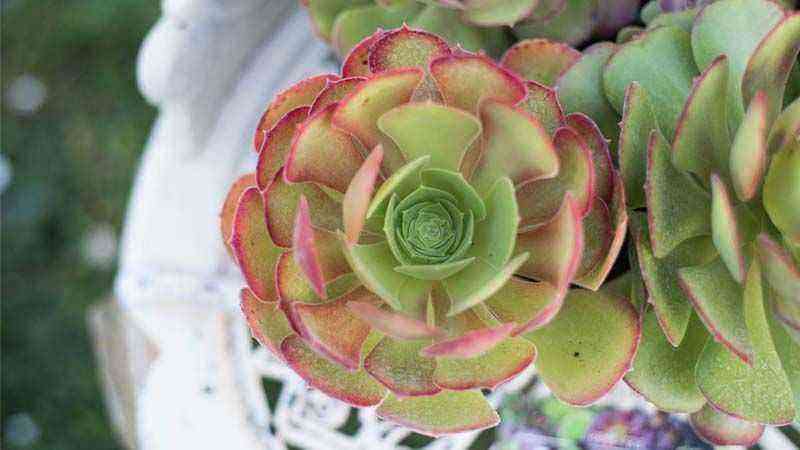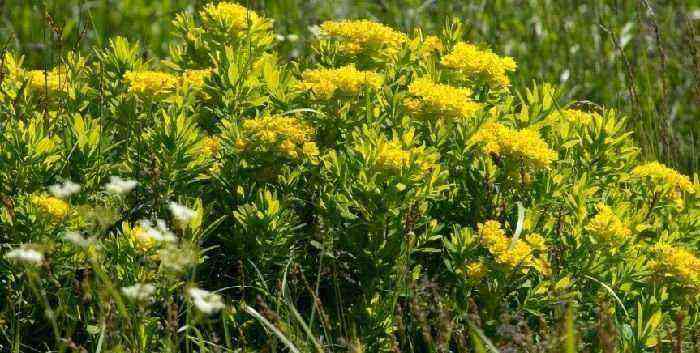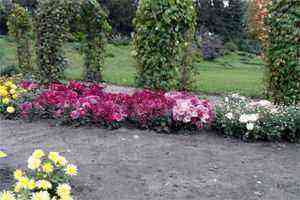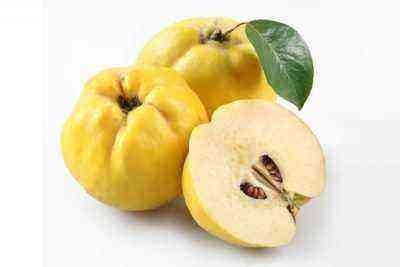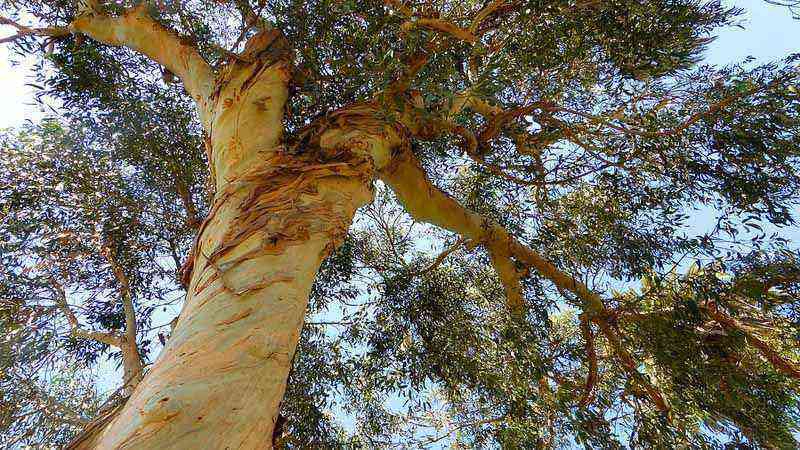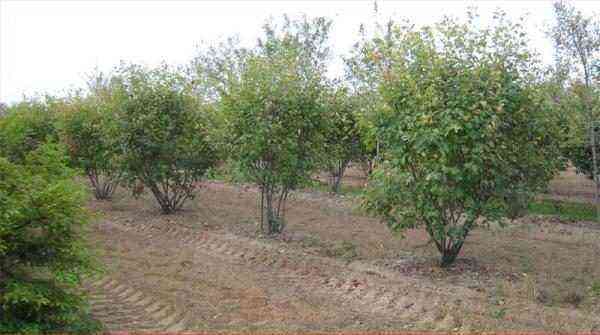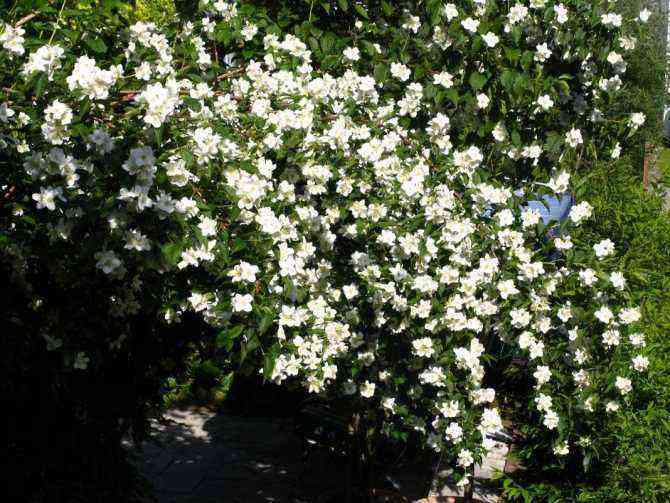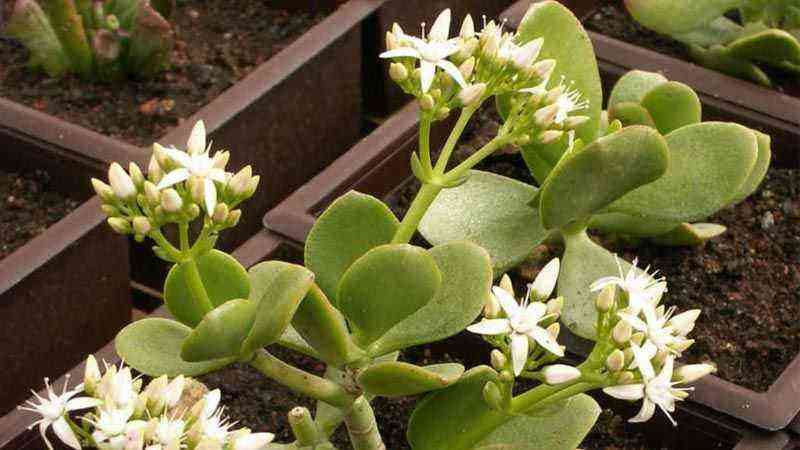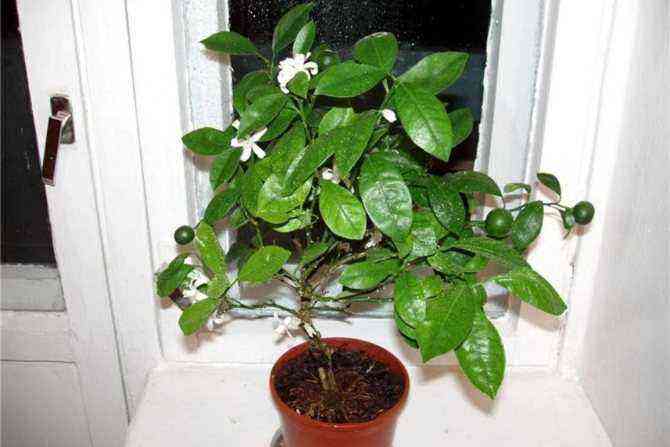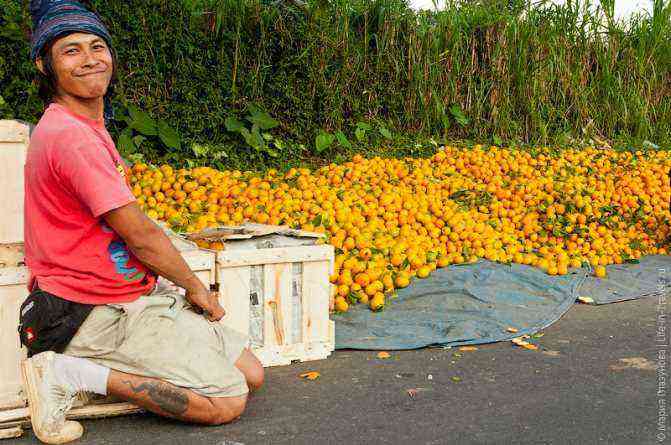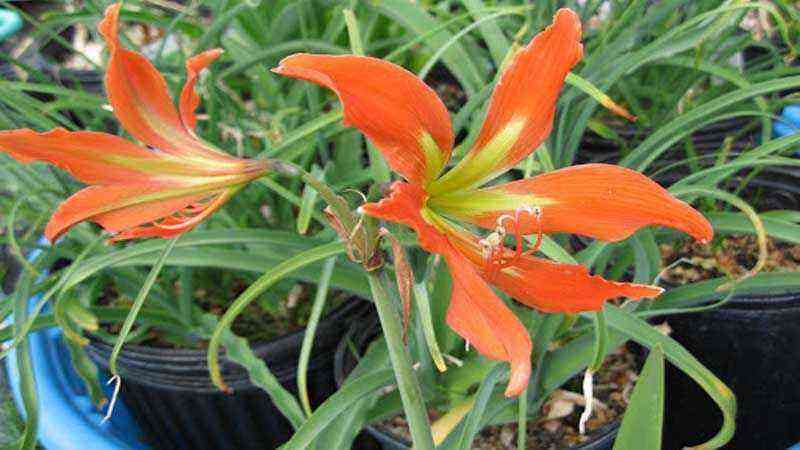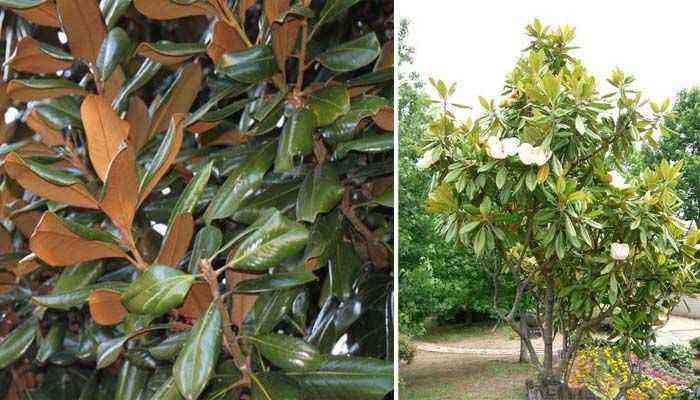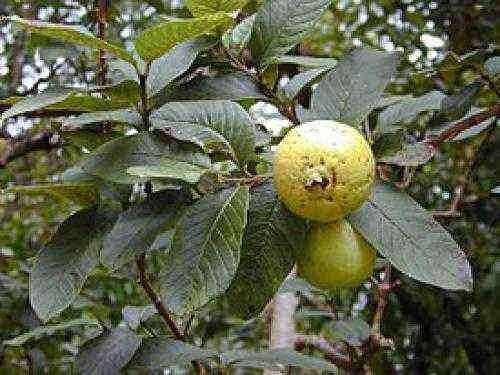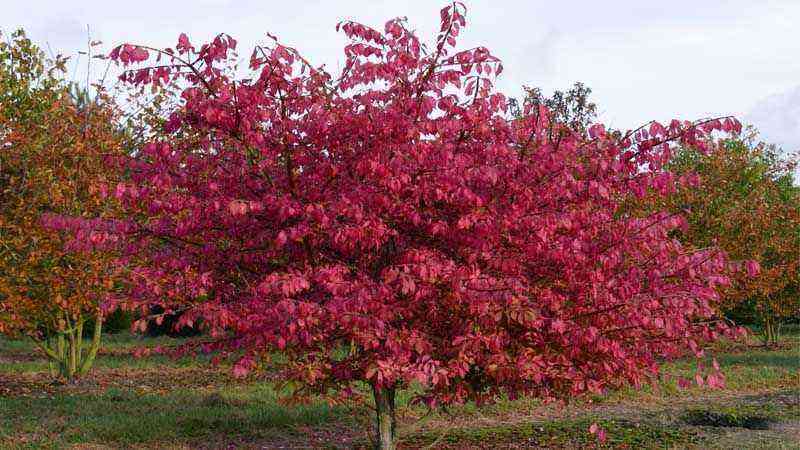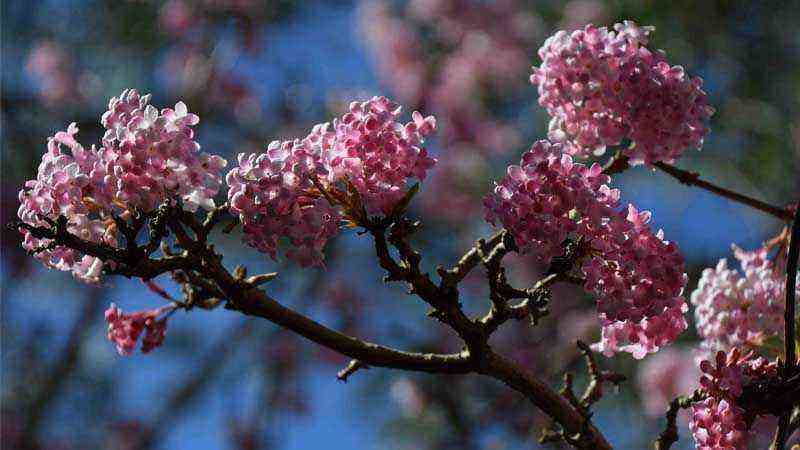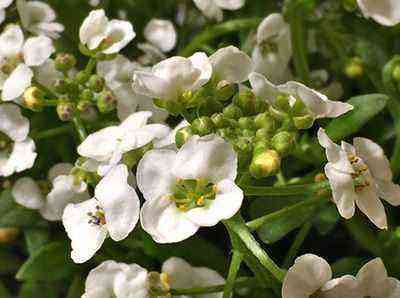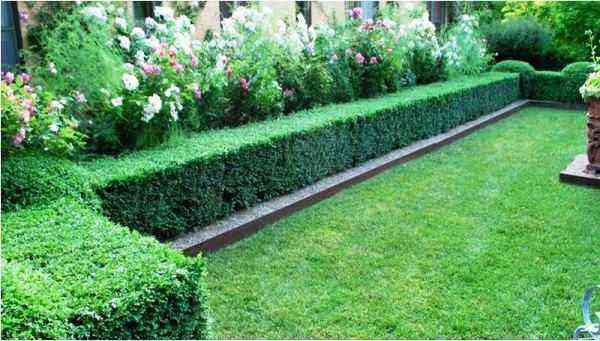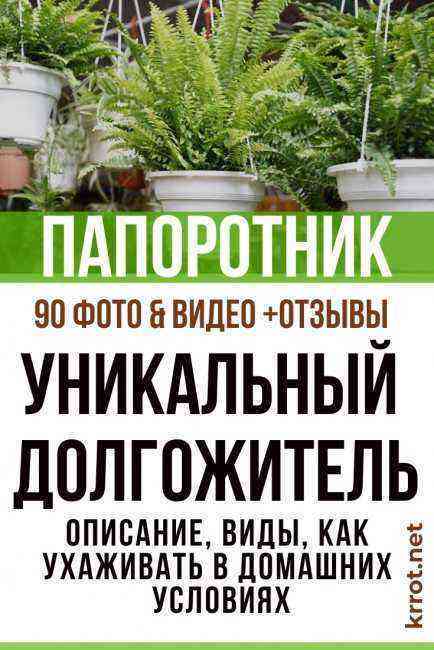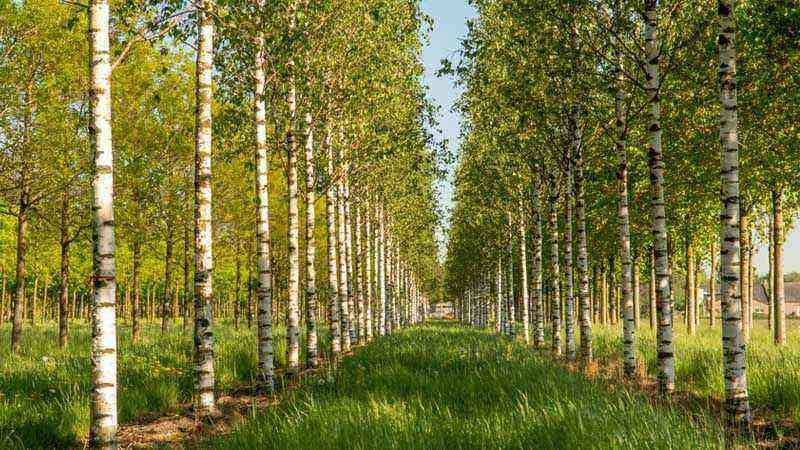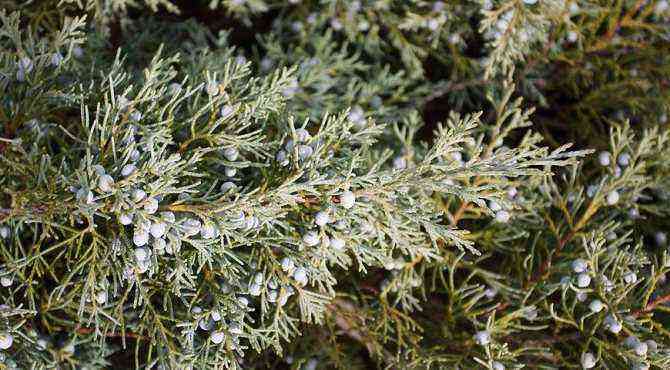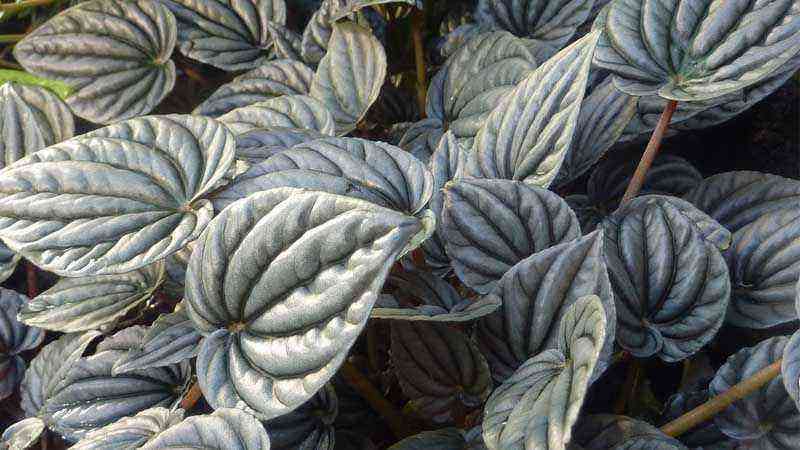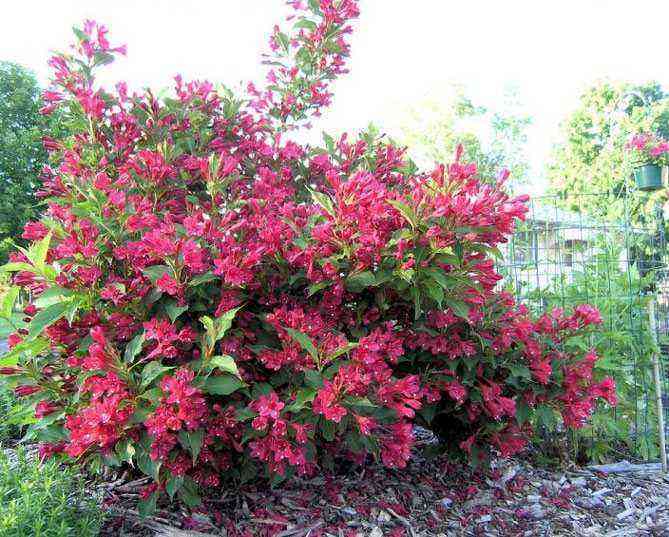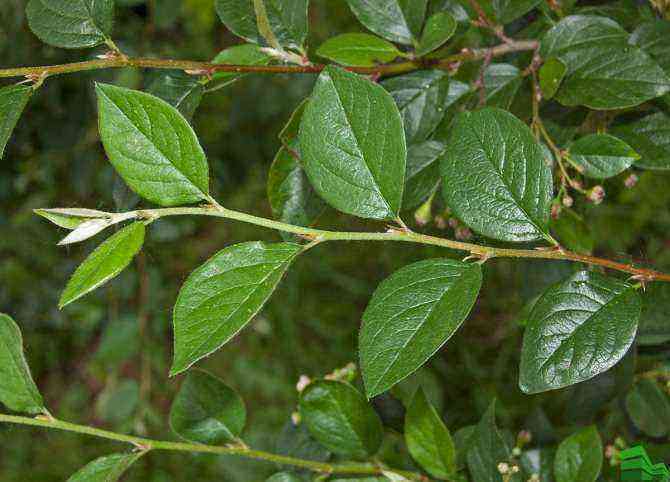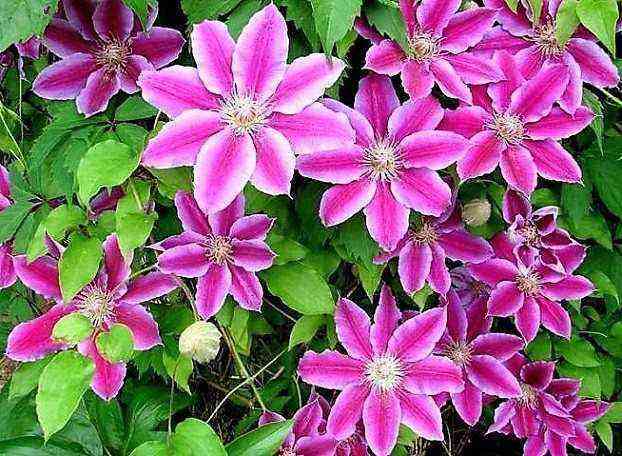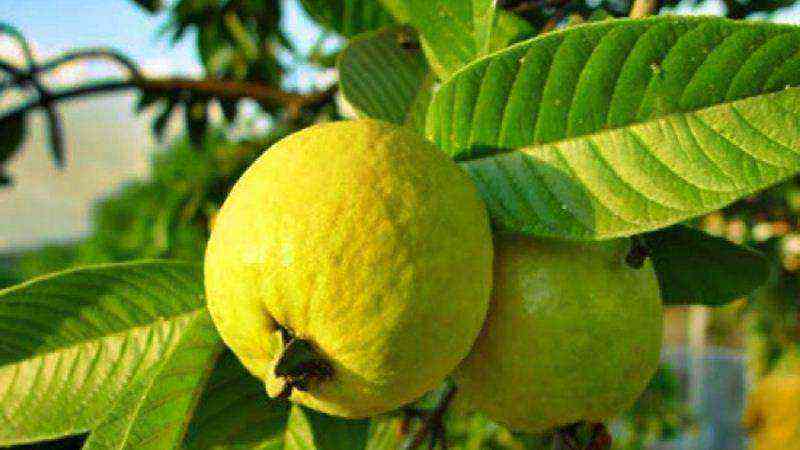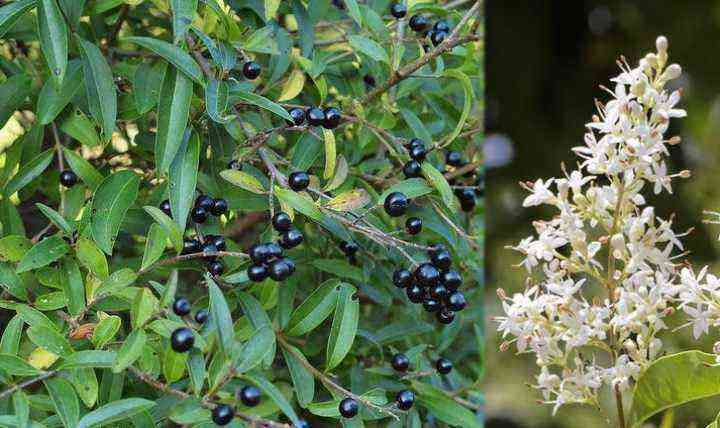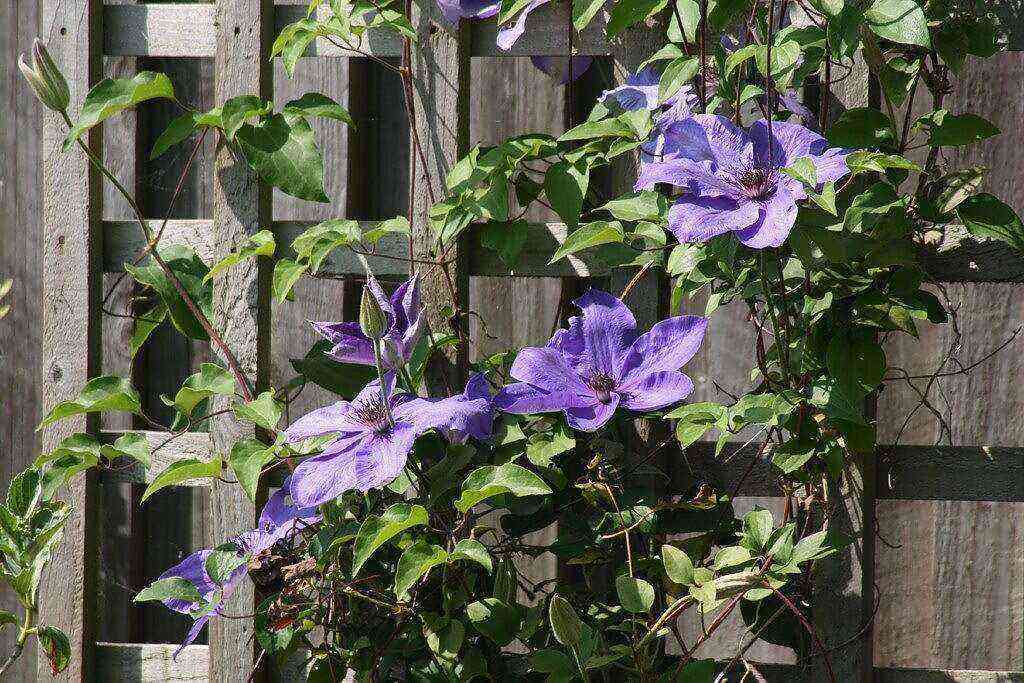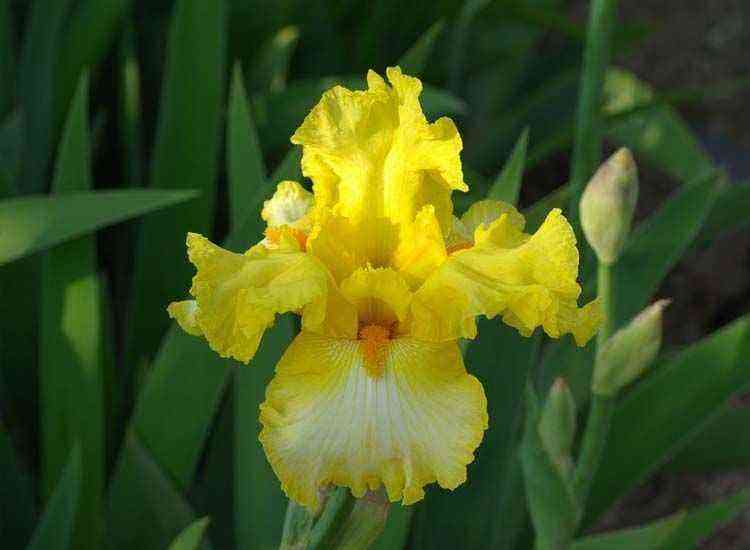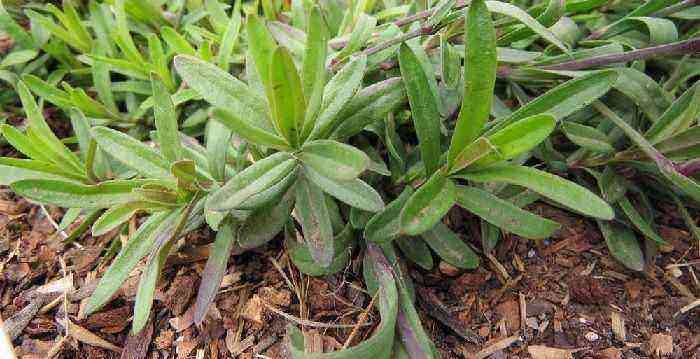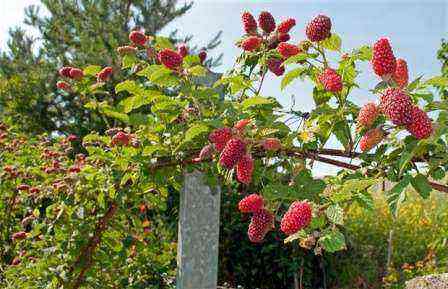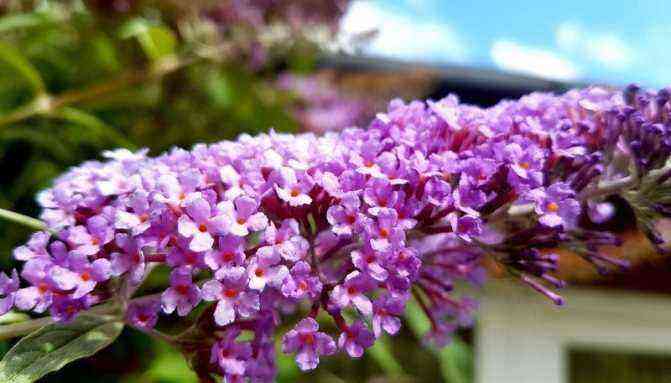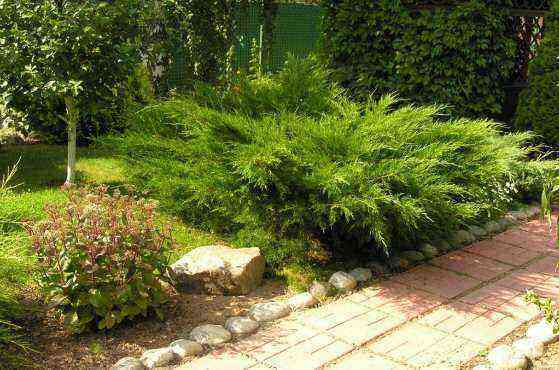In our interest to add crop files to our garden, so that you have the maximum information when growing them, we give way to rhododendron, which has earned a good reputation as a garden ornamental.
Due to the color of its flowers and its perennial behavior, it is interesting to think about incorporating it into our list of plants.
What is unique about rhododendron?
El rhododendron o Rhododendron spp. belongs to the family of Ericacea, which is composed of a huge range of trees, shrubs, woody that, generally, adapt well to poor and acidic soils.
It is a shrub and can reach sizes between 1 and 3 meters, although as rhododendrons are of slow growth, it will take a long time to see them with large sizes.
Climatic characteristics
They are not very demanding in terms of light, so it is best to put them in places where they have semi shade. Regarding the temperature, it supports a wide range of heat and cold, although be careful with the untimely frosts, which can harm you. In winter, you can do a good hilling or mulching plant to protect the soil.
The key to the rhododendron: the soil
At the beginning when we have made a brief summary of the particularities of the rhododendron we have mentioned that it is a crop of acid soils.
You already know that if your soil is alkaline, you can remedy it by providing around the rhododendron a good content of compost or compost, which acidifies the soil. We also tell you some amendments to get the soil acidified.
The rhododendron also needs a soil with a high drainage capacity, and this is due to what we tell you in the characteristics of irrigation.
Irrigation characteristics
The rhododendron requires a wet floor but never soaked, through which, there would be a root rot and goodbye rhododendron, so clear.
A typical problem is that on many occasions the alkalinity of a soil is conditioned by the type of water. By this we mean that there are soft and hard waters, with higher salinity, etc.
So a long-term struggle trying to reduce the pH of the soil can be unsuccessful if irrigated with waters that alkaline the soil (increases the pH). Against this, really, there is not much solution, because most of the time, the water you have is what there is, period.
Rhododendron multiplication
There are various multiplication techniques, some of which you already know. It can be done through seeds, layering and cuttings.
Seeds: their long-term conservation is not easy (4-5ºC) and it is best to take advantage of them the same season that they are obtained, storing them in dry environments. They are planted indoors, with controlled temperature and humidity. We have already told you that they grow very slow, so be patient and wait! 3 months before transplanting!
Stakes: it is a fairly common rhododendron propagation system. A higher growth speed is achieved and also, as in the case of seeds, it must be done under controlled conditions (a greenhouse or inside your house, for example).
Layers: It consists of burying a part of the rhododendron under the ground without separating it from the mother plant from which a future child will be obtained. When the first roots are born it can be separated from the original plant.
Additional tips to keep in mind
- Although if your soil is alkaline and you remedy it with the application of compost, intensify the fertilization in spring.
- They do not usually require pruning since they reduce the flowering of the following year, but you must control branches that cross, injured or dead branches.
- The environment must be cool or even humid. In summer it will be difficult for you to meet these requirements, so from time to time a shower with the rubber is useful.
- Finally, tell you that we have included the rhododendron within garden plants, but it is also possible to grow it in pots and indoors.



